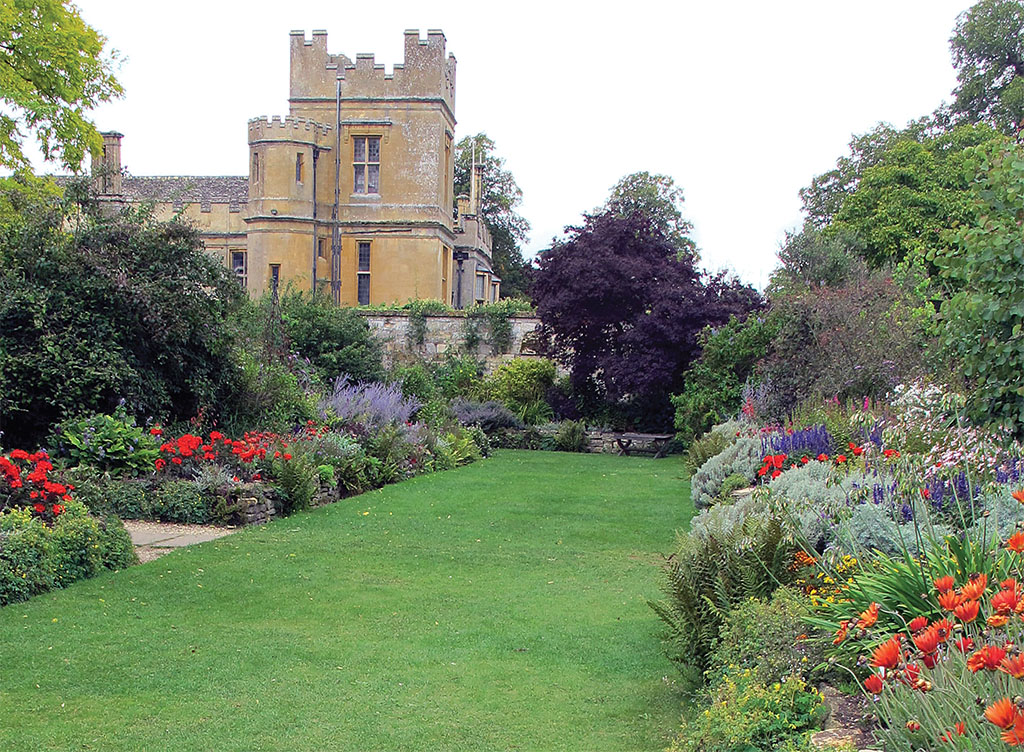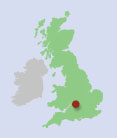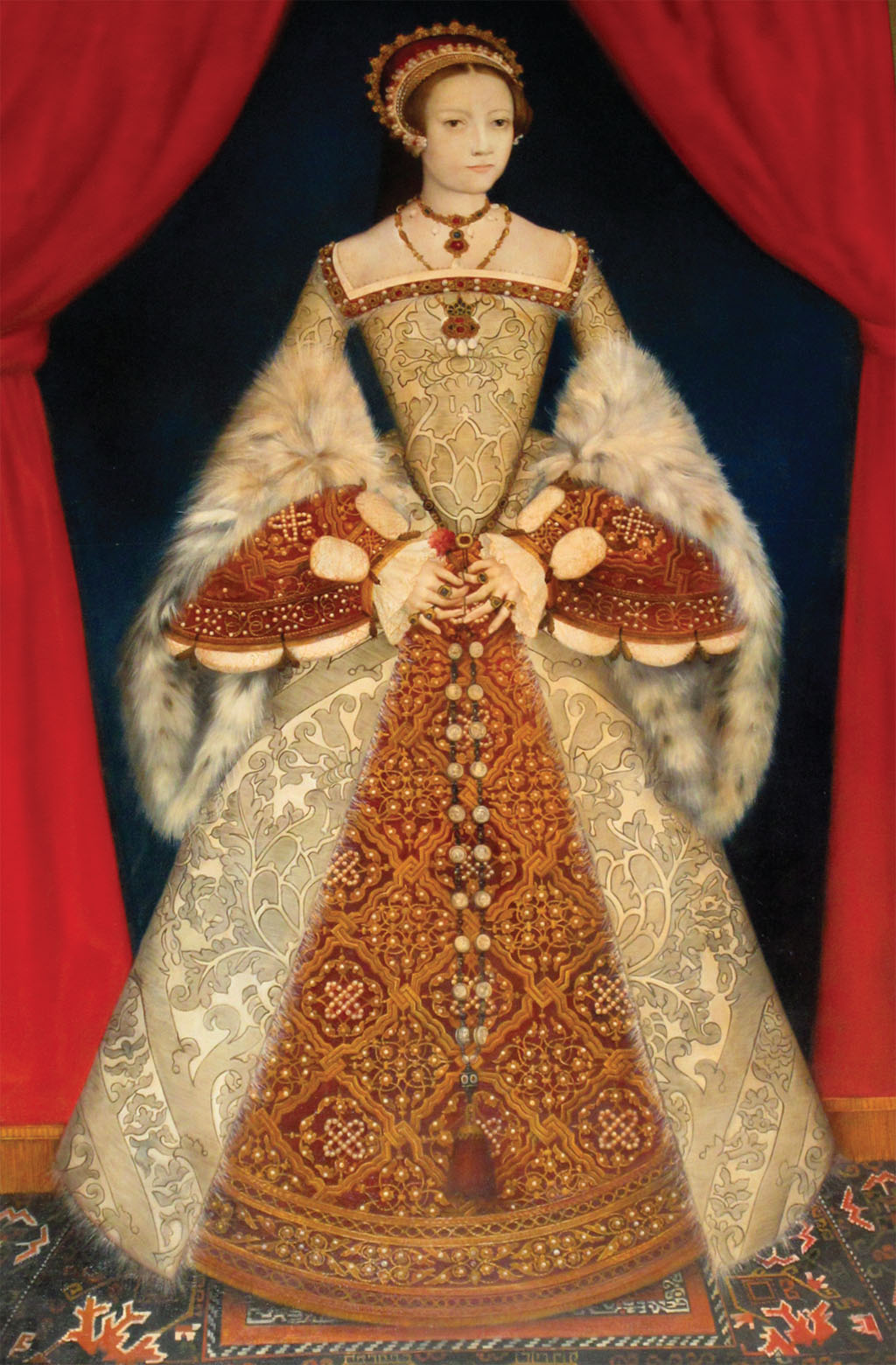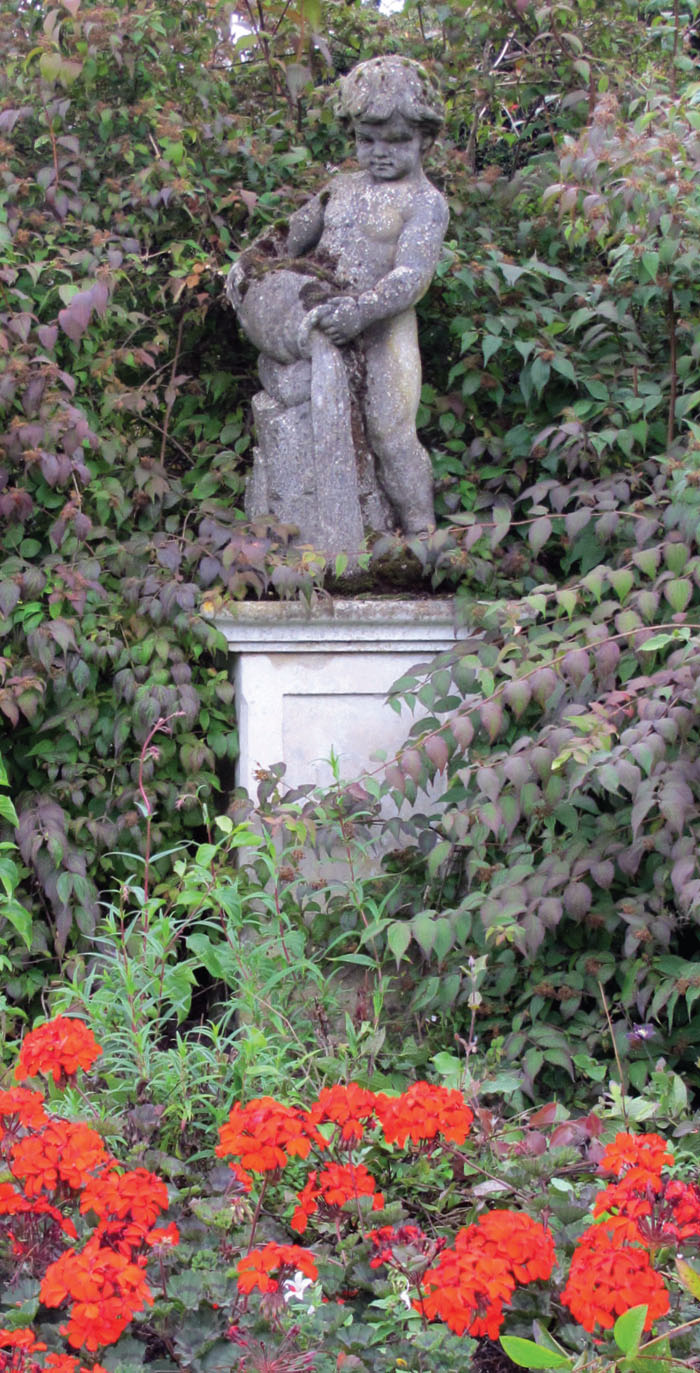
Remembering the Forgotten Queen on the 500th Anniversary of Her Birth
[caption id="KatherineParr&SudeleyCastle_Feature" align="aligncenter" width="1024"]

SIÂN ELLIS
[caption id="KatherineParr&SudeleyCastle_img1" align="aligncenter" width="117"]

SIÂN ELLIS
IF YOU ARE MARRIED TO KING HENRY VIII, it’s your divorce or cruel beheading that makes a sensational headline. Death as a consequence of giving birth to a future sovereign guarantees poignant remembrance, too. But sixth wife, Katherine Parr, survived Henry—and has largely been forgotten.
[caption id="KatherineParr&SudeleyCastle_img2" align="aligncenter" width="1024"]

SIÂN ELLIS
This year marks the 500th anniversary of Queen Katherine’s birth, and Sudeley Castle, where she spent both her happiest and most tragic days, is determined to bring her back into the limelight. Basking in the Cotswold Hills at Winchcombe, near Cheltenham, the romantic pile is perfectly set to conjure a sense of such an elusive figure. For more than 1,000 years the estate has seen royalty come and go, suffered at the hands of Oliver Cromwell, and been rescued by Victorian visionaries.
In modern times, Sudeley has enjoyed a renaissance under the care of the current chatelaine, Lady Ashcombe, and her family. Golden-grey walls simmer with sun and fleeting shadows, medieval ruins whisper grandeur and strife, a knot garden and rose-filled Queens’ Garden curtsey to Tudor heydays. The half-glimpsed, half-heard, half-remaining is as evocative as the solid here-and-now.
“It is extraordinary to live in a place that holds all this energy,” Lady Ashcombe agrees, as we sit chatting in her cozy-grand private apartments. “It fires the imagination and we enjoy telling stories here. Katherine Parr was such an extraordinary, powerful, passionate woman, and she deserves to be honored. We began planning celebrations two or three years ago, but we never imagined so many people would want to join in.”
From April into September there’s a pageant of activities lined up, including Tudor fun days, a banquet, a re-enactment of Katherine’s funeral and appearances by popular historians such as Alison Weir and Dr. David Starkey, who calls Parr “one of the most interesting figures in Tudor history.” Let the Queen’s story unfold on its way to Sudeley.
Born in 1512 at Kendal Castle, Westmoreland, Katherine was raised largely by her mother, Maud, after her father, Sir Thomas Parr, died in 1517. By the time she had come to court in 1543, she had been twice married and twice widowed. After a dozen or so years of dutiful wedlock, she was childless, wealthy and free to marry as she chose. She quickly came within the predatory purview of Sir Thomas Seymour, brother to the late Queen Jane and uncle of young Prince Edward. In his mid-30s, Seymour was one of the most charismatic, ambitious bachelors in England and Katherine fell wildly in love. The attraction was mutual; no doubt the charming widow’s wealth held its enticements, too.
However, King Henry had also noticed Katherine. Still smarting from his cuckolding by Katherine Howard, whom he had sent to the scaffold the previous year, he was drawn to this “gracious, learned and pious” prospect endowed with “singular beauty, favor and a comely personage.” The wily sovereign sidelined Seymour by sending him to be a resident ambassador in Brussels and proposed to Katherine himself.
A Date with Queen Kate
[caption id="KatherineParr&SudeleyCastle_img3" align="aligncenter" width="700"]

SIÂN ELLIS
Visit: Sudeley Castle, Winchcombe, Gloucestershire is open April 21–October 28, 2012. Check out planned quincentenary events at www.sudeleycastle.co.uk.
Stay: Self cater in a Sudeley Castle Country Cottage on the edge of the estate and receive complimentary admission to exhibitions and gardens during your stay.
Or head five miles down the road to Ellenborough Park Hotel, on Cheltenham’s outskirts, for luxurious country house accommodation. A portrait of Queen Katherine Parr gazes down in the galleried Great Hall—Thomas Seymour’s aunt married into the family that lived in what was then called Southam House, and Sudeley and Southam manors have been linked over centuries. The award-winning hotel and spa officially opened in March 2011 after multimillion-pound restoration.
www.ellenboroughpark.com
She hesitated, well aware of the King’s unsavory marital record. But eventually, as she explained in a later letter to Seymour—displayed at Sudeley—she renounced her personal desire and decided it was God’s will she should marry Henry. The quiet ceremony took place in July 1543 at Hampton Court Palace.
Henry showered Katherine with gifts and enjoyed her company, while her regal motto, “To be useful in all I do,” signalled intent to do more than cosset an aging husband. Visiting ambassadors praised Katherine’s graciousness. Henry, when he embarked on a last, brief military hurrah in France in 1544, entrusted her with the authority of Queen Regent. She discharged her duties with diligence, a lesson that her favorite stepchild Elizabeth, nearly 10 at the time of the royal marriage, may well have found useful.
For Katherine had also sensitively brought about a reunion of the royal family at Christmas 1543, drawing together her assorted stepchildren—Mary, Elizabeth and Edward—for the first time. All three developed a genuine affection for her, and she took a close interest in furthering their educations.
The Queen’s education flourished, too. More controversially, she cultivated the friendship of religious reformers and was developing radical Protestant opinions, treading a tightrope of legality. She had several works published, including the pious Prayers and Meditations that can be seen at Sudeley Castle. Her Lamentations of a Sinner would be published, somewhat astutely, only after Henry’s demise: The first book of its kind in English written by a woman, it showed that Katherine espoused the doctrines of Martin Luther—a heresy punishable by death.
Plotters at Court were quick to whisper against the Queen’s religious activities and, ever suspicious, Henry was persuaded to sign a warrant for her arrest in 1546. She cleverly argued that she sought simply to divert the King from the pain of his thrombosis through lively theological discussion. He believed her and she survived.
Henry died January 28, 1547, and Katherine rekindled her relationship with Thomas Seymour with unseemly haste. By May, they were married. “I think she was madly in love, but she also felt neglected, she had hoped to be Queen Regent while her stepson Edward was young,” Lady Ashcombe observes. “And Thomas was jealous of his brother, who became Protector.” Passion, power and politics: forces to fire a heady union.
Within the year, Katherine was pregnant. Yet even now, her joy was tainted by Seymour’s dangerous flirtations with Princess Elizabeth who, along with Lady Jane Grey, had joined the increasingly potent household. Elizabeth was sent away. Katherine was also feuding at Court for the jewels and property that Henry had given her. Meanwhile, Thomas set about magnificently refurbishing his country estate, Sudeley Castle, and Katherine gratefully escaped—with a vast retinue—to its tranquility to await the birth of their longed-for first child.
[caption id="KatherineParr&SudeleyCastle_img4" align="aligncenter" width="1024"]

SIÂN ELLIS
On my recent visit, I joined a fascinating Connoisseur Tour (recommended!) of the castle’s private apartments and got to see Katherine Parr’s nursery where you can imagine her gazing through the Tudor Gothic window into the gardens. On August 30, 1548, Katherine gave birth to a daughter, Mary. One week later the 36-year-old new mother was dead from puerperal fever.
And so I followed in the steps taken by Lady Jane Grey, the chief mourner at what was the first Protestant royal funeral, to St. Mary’s Church in Sudeley’s glorious gardens. The Queen’s tomb, crowned by a finely sculpted Victorian marble effigy, makes a dignified memorial—a contrast to the unnerving display of a tooth and lock of hair in the castle, retrieved some time ago from Katherine’s burial place by inquisitive ghouls.
[caption id="KatherineParr&SudeleyCastle_img5" align="aligncenter" width="1024"]

SIÂN ELLIS
Thomas Seymour didn’t attend Katherine’s funeral, but hastened back to London to pursue Princess Elizabeth. He was shortly beheaded for treason. It’s thought that little Mary died in childhood.
A tragic tale? Yes. But as Lady Ashcombe says, “The Tudors molded the character of England, and the spirit of Katherine Parr is at Sudeley.” There’s a lot more to be revealed about this brave, clever, pioneering Queen and her influence on Tudor royal and religious life, during quincentenary celebrations at the castle.





Comments